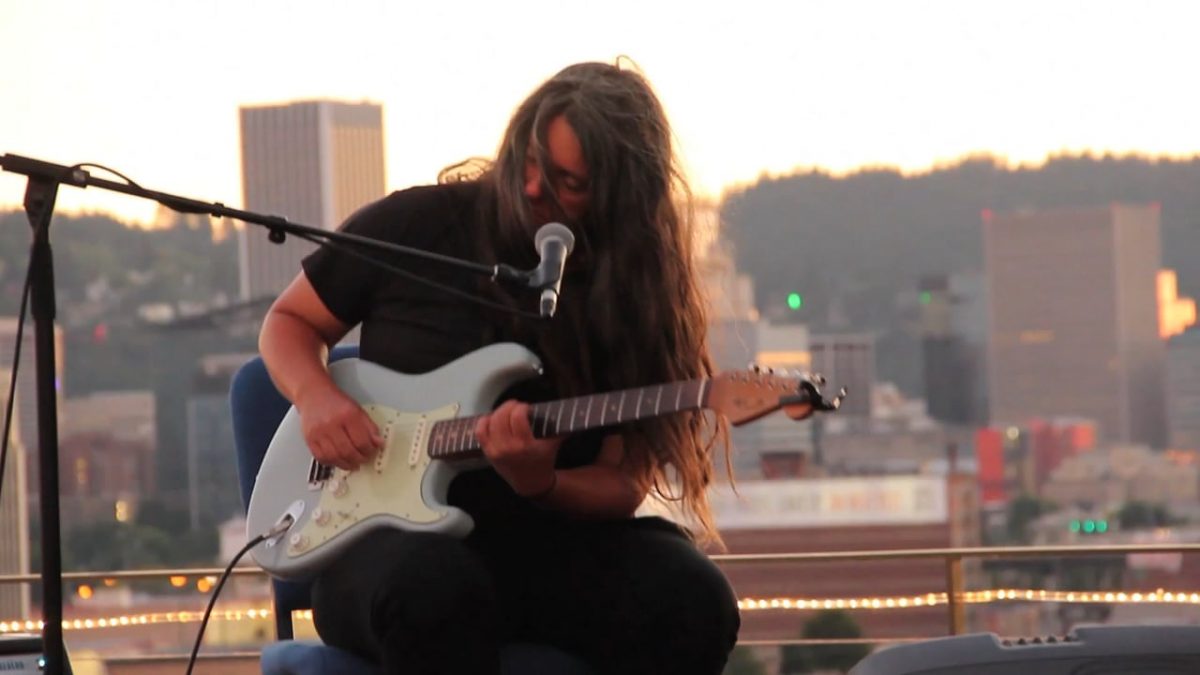Our goal at Creative Commons is to increase cultural creativity in “the commons” — the body of work freely available to the public for legal use, sharing, repurposing, and remixing. We realize there’s an inherent conflict between innovative digital culture and archaic copyright laws. Our licenses help bridge that conflict so that the Internet can reach its full potential.
We support the culture of the commons both on a user level and an institutional level.
User-Generated Culture
Whether you’re a photographer, writer, filmmaker, or DJ, our licenses can help make your work part of the commons. The Internet is a multiplier of cultural innovation. Creative Commons copyright licenses make it easier for individual creators of culture to express themselves and to identify the freedoms they want their creativity to carry on the Internet.
We support user-generated culture in three key ways.
- We generate copyright licenses that anyone can adopt. The License Chooser tool helps you choose a copyright license that’s right for you based on how you want your work to be used and where. Anyone can obtain a license and embed it into their web site. It’s really that easy.
- We work with cultural sharing platforms like Wikipedia, Flickr, and blip.tv to provide their users with the option of licensing their works with Creative Commons copyright licenses. By embedding Creative Commons licenses right into these systems, we can help users create and share their work on a large scale.
- We collaborate with technology companies like Google and Yahoo! to make commons content easier to discover. Having tools is one thing, but they aren’t useful if people can’t find them.
Institutional Culture
The role of individuals in the cultural commons is growing, but a huge amount of our cultural heritage still resides within institutions. We work with museums, galleries, libraries, digital archives, and other cultural organizations to bring Creative Commons licenses into their infrastructures to manage their materials and make them more widely available.
Creative Commons is about building infrastructure for a new kind of culture — one that is both a folk culture, and wildly more sophisticated than anything before it.
Have your own CC-licensed project to share with the world? Add it to our Case Study Wiki.







